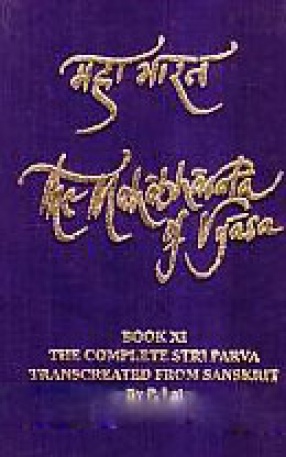
P. Lal

Showing all 16 books

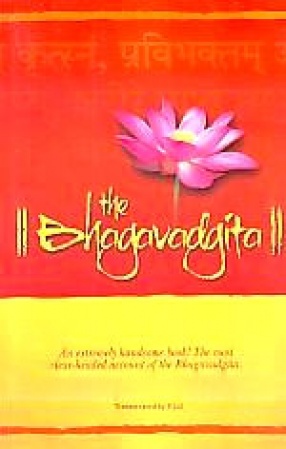
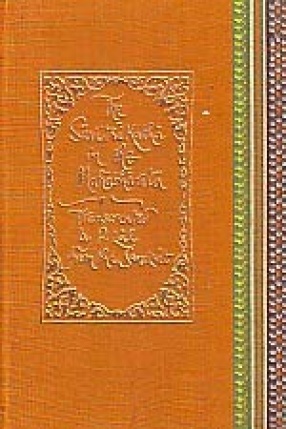

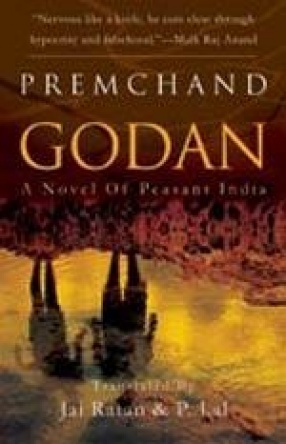
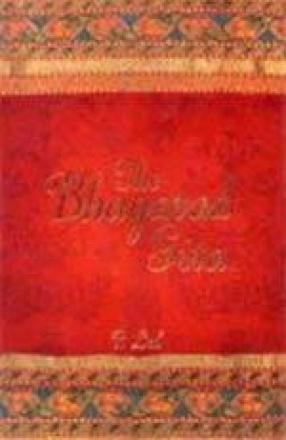



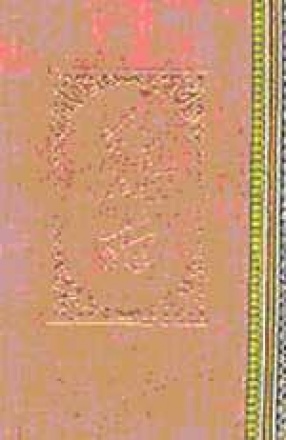






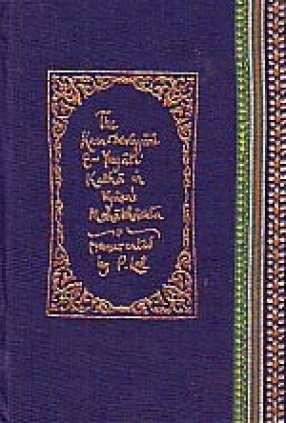

The Bhagavata Purana is traditionally attributed to Vyasa, the compiler-cum-composer of The Mahabharata. The focal figure of The Mahabharata is Krishna on Kurukshetra; the focal figure of The Bhagavata Purana is Krishna of Gokula, Mathura and Vrindavana. The Itihasa and the Purana together complete the personality of Krishna: baby Krishna (Krishna-Gopala), Romantic any mystic Krishna (Krishna of the Rasa-Lila), and Krishna on the battlefield of life ...

Godan, Premchand's last completed novel is considered his best work. It is the most realistic interpretation of Indian village society, the backbone of India. It is a story of changing people, hungry and sem-starved, yet hopeful and optimistic, in the truest spirit of the age it represents.


The Bhagavad Gita is Hinduism's core sacred text, a dialogue of and on dharma. It enshrines the essential values of the Vedic, Upanishadic and epic traditions-shruti (the revealed) and smriti (the remembered). Its structure is informal question and answer; its mode is enquiry and search; its goal is self-discovery and spiritual illumination.




A feast of paintings provided by painters of the Bengal Renaissance and after. Most of the paintings in this portfolio have been reproduced from the Probes Press edition of Ashram Dais's Bengali version of Visa's epic. Writing on "Depiction of the Mahabharata Scenes in Indian Art" in The Mahabharata Revisited, Rai Anand Krishna concluded ".. Some scenes have been reported from stray examples in terracotta art of Bengal temples of the eighteenth and ...

Pushpotkata, Raka and Malini. The first gives birth to Ravana and Kumbhakarna; the second to Khara and Surpankha; the third to Vibhishana who is the handsomest and becomes the general of Kubera. There is no incident of his arguing with Ravana and being kicked out of Lanka. Instead, here he comes direct with four advisers to Rama, presumably from Kubera’s realm. Brahma dispatches a Gandharvi named Dundubhi to be born as Manthara and bring about Rama’s exile ...

There are many condensed versions in English of Mahabharata of Vyasa but the only one that can be called a translation is Dr. V. Raghavan’s rendering which, by shortening the 100,000 shlokas, is microscopic in its compression. My aim has been to re-tell the story of the Kurukshetra war at greater length but always in Vyasa’s own words, without simplifying, interpreting, or elaborating. I have selected only such shlokas as formed a continuous narrative, ...
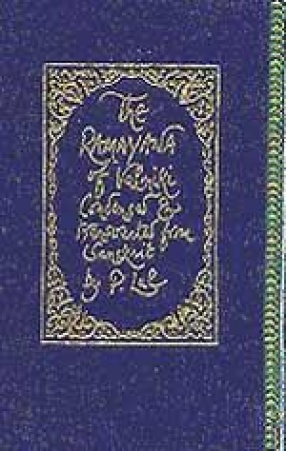
This transcreation was planned as a companion volume to author's condensed English version of The Mahabharata of Vyasa . It employs the same principles of, approach and handling; for what was intended to be really just a pleasure-giving version of Valmiki’s epic. The structural, genealogical and other complexities of my Mahabharata version necessitated a long, interpreting introduction. The Ramayana is much shorter and, because of its compactness and other ...
